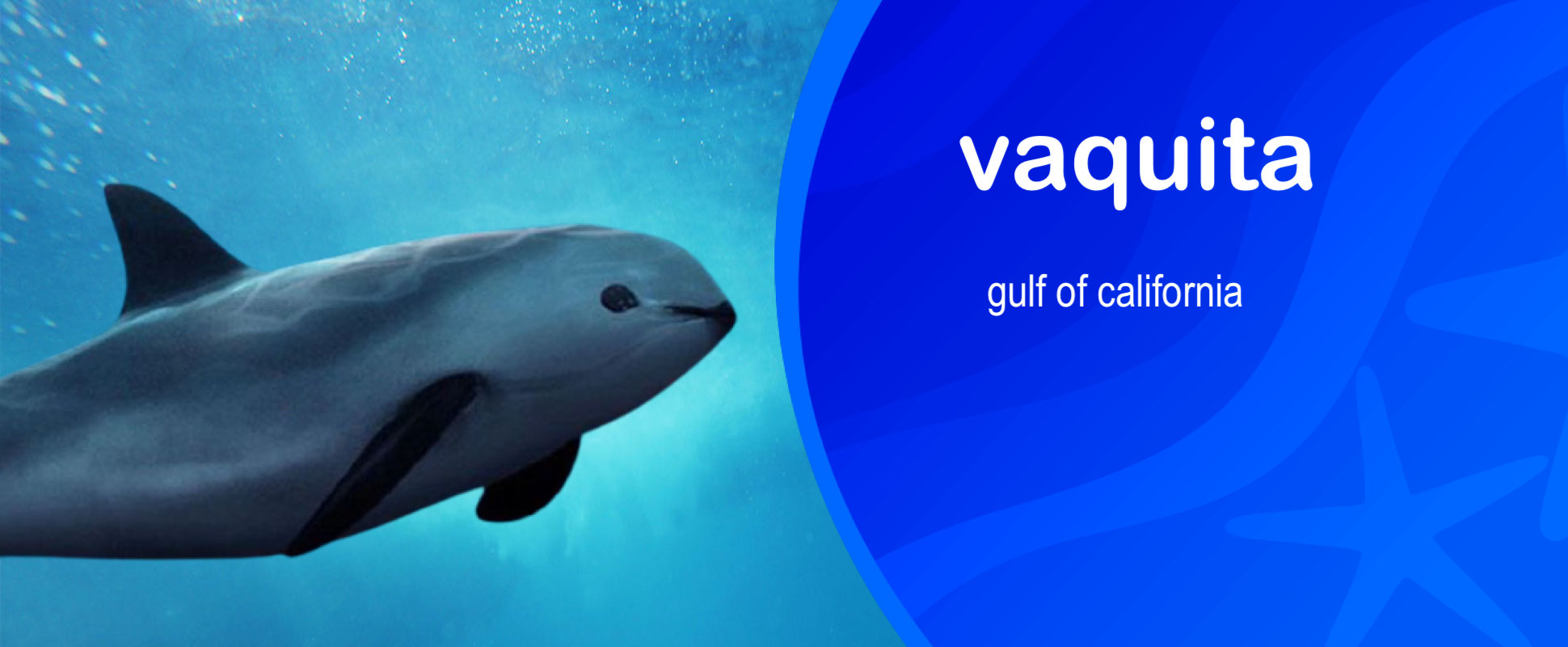
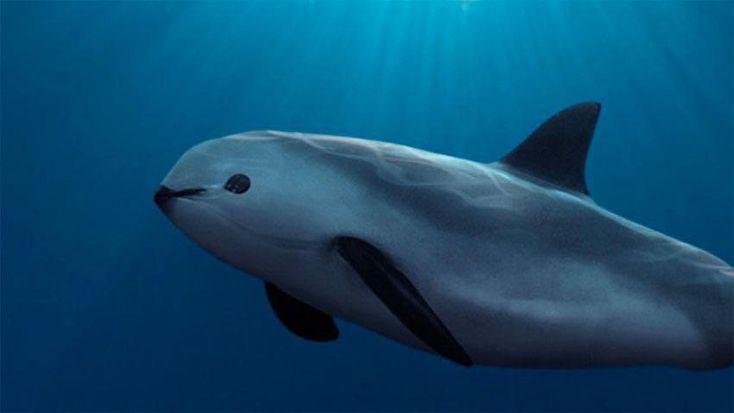
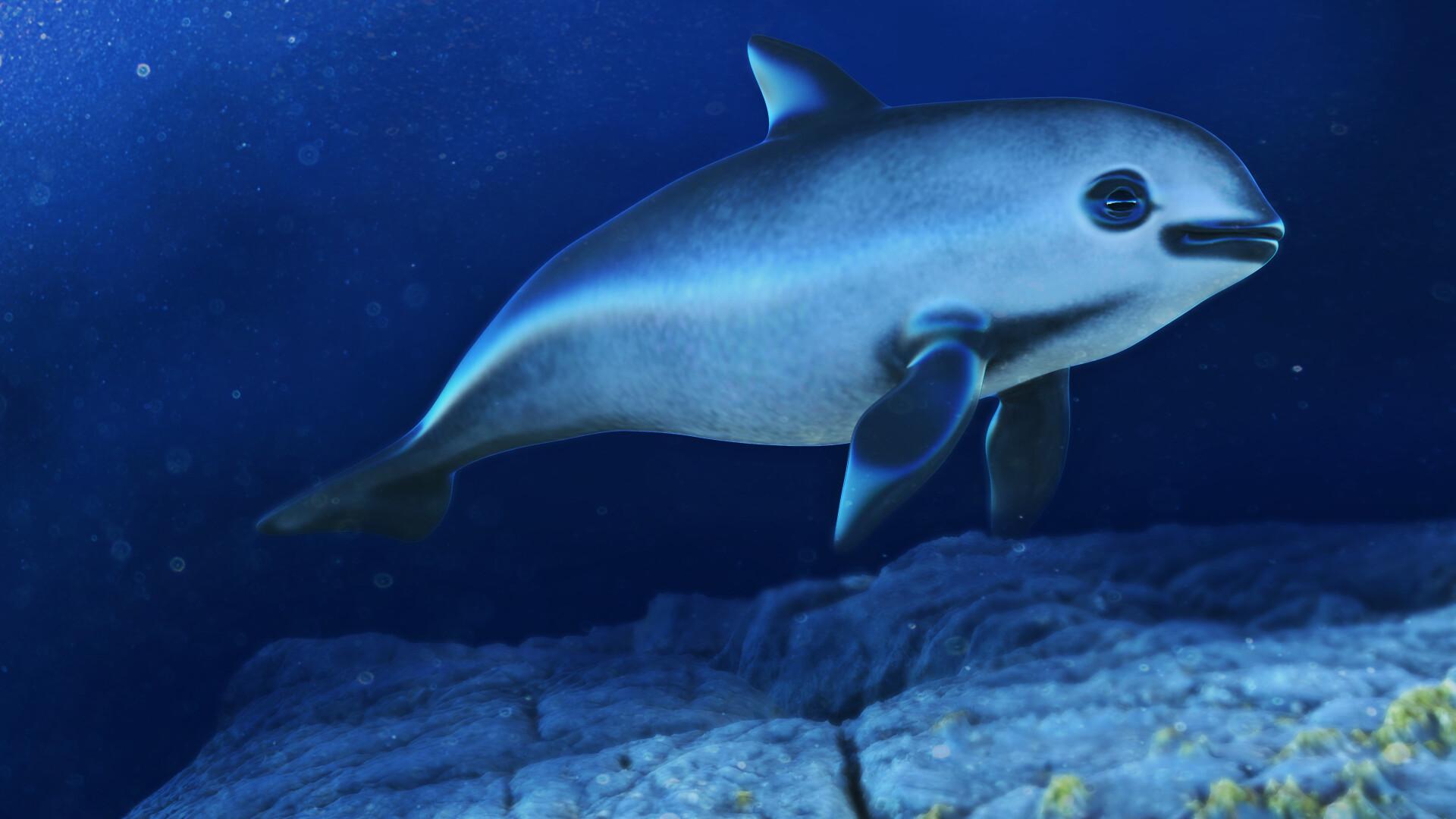

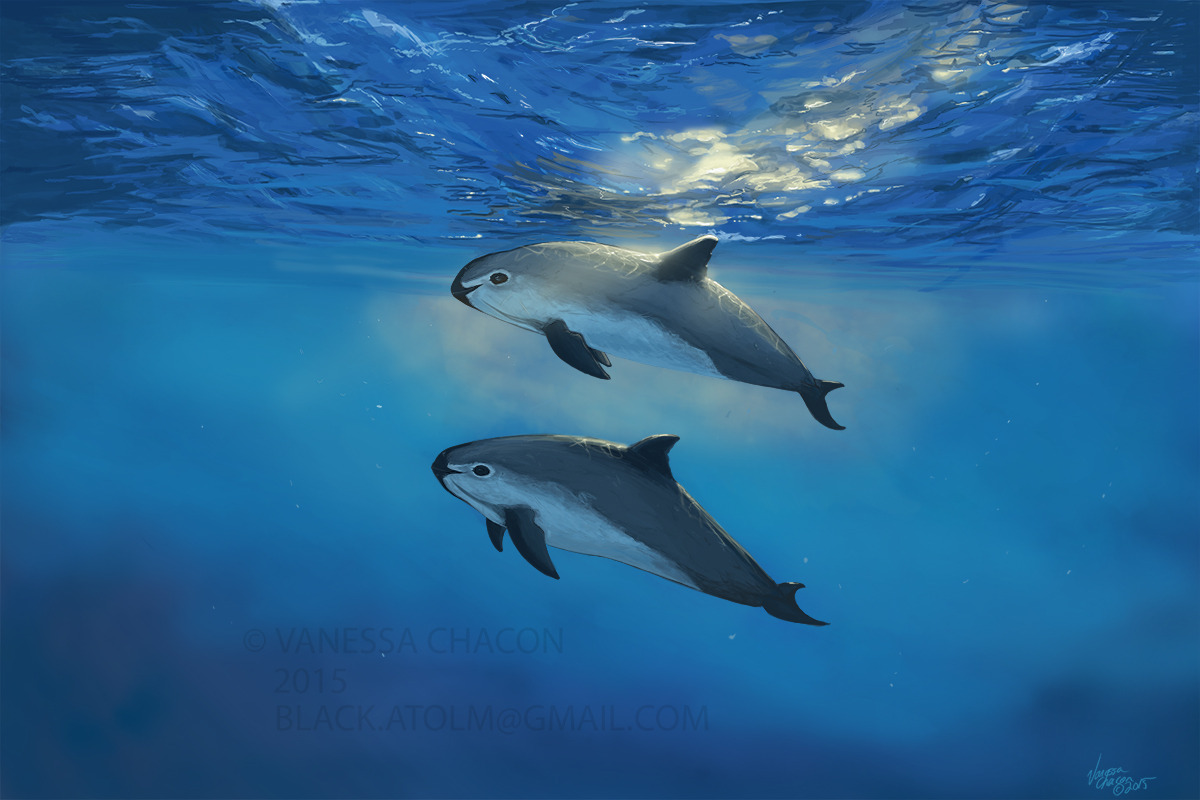
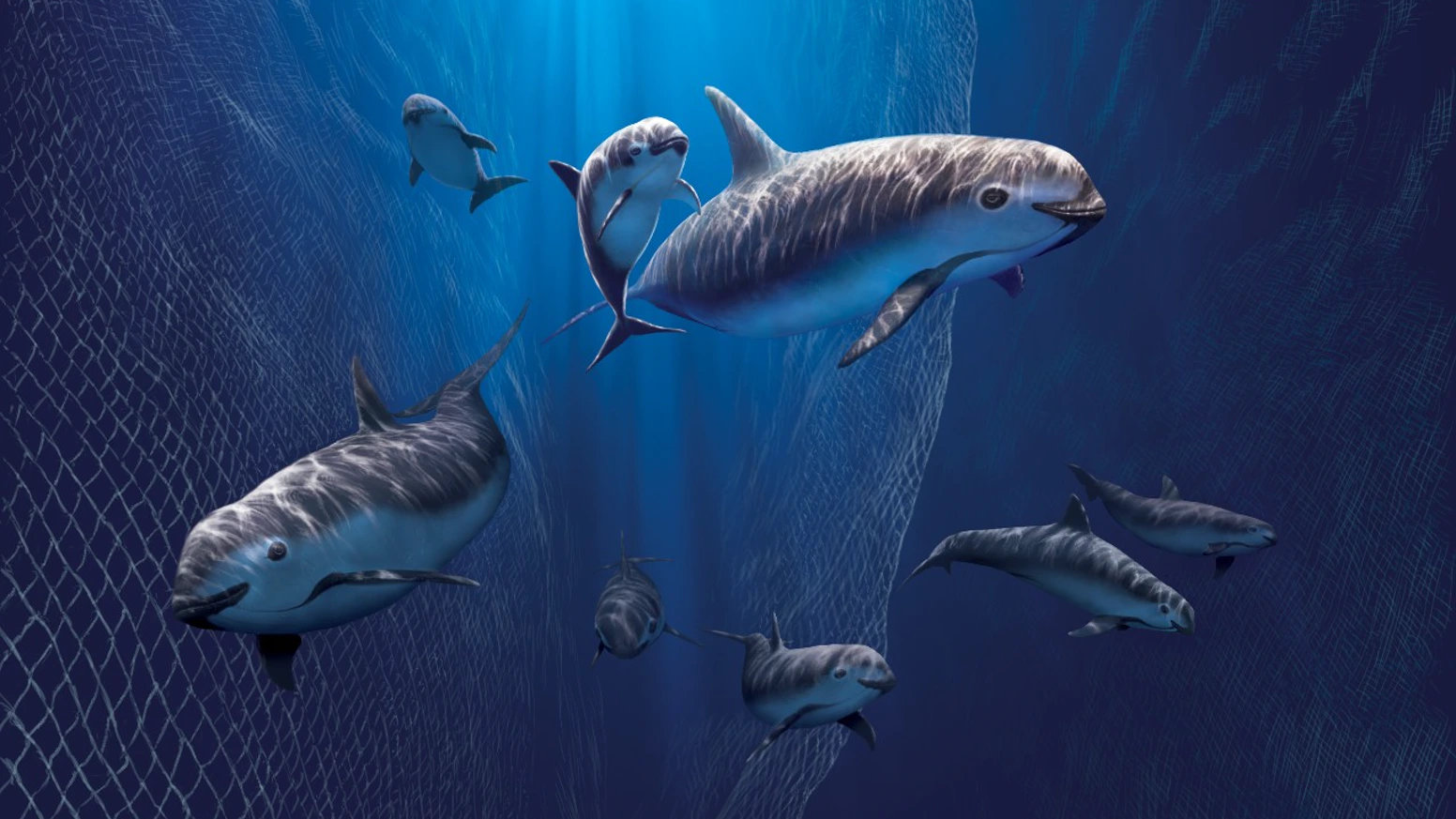
 vaquita lives and feeds in shallow coastal waters, exclusively in the Gulf of California. |
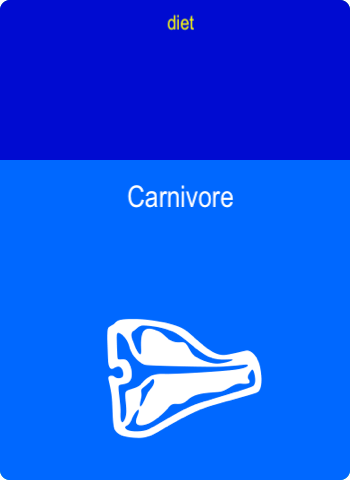 Vaquitas eat a variety of fish, squid, crabs, and other crustaceans. |
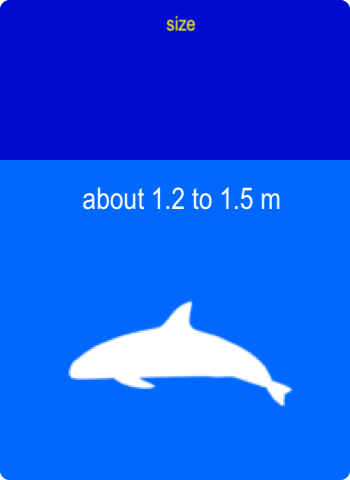
|
Vaquitas were discovered fairly recently, with the first individuals officially recorded in 1958. Unfortunately, since the time of their discovery, this animal's population has dropped an estimated 95%. In 1997, the vaquita population was believed to be 567 individuals, but as of 2017 that number has dropped to just 30 animals. with a total population decline of 98.6% since 2011 Only 9 Vanquita are left.
These marine mammals are described as shy, and frequently avoid any contact with boats. Unlike many other species of porpoise, they do not travel in large groups. In the vast majority of sightings, vaquita are spotted alone or in pairs. They do not appear to engage in any above-water acrobatics, as some other species of cetaceans do.
The vaquita's name is reflective of their home range in Mexico's Gulf of California. In Spanish, vaquita means "little cow." The vaquita is restricted to an extremely small range. This unique porpoise is found only in the northern end of the Gulf of California, and nowhere else in the world.